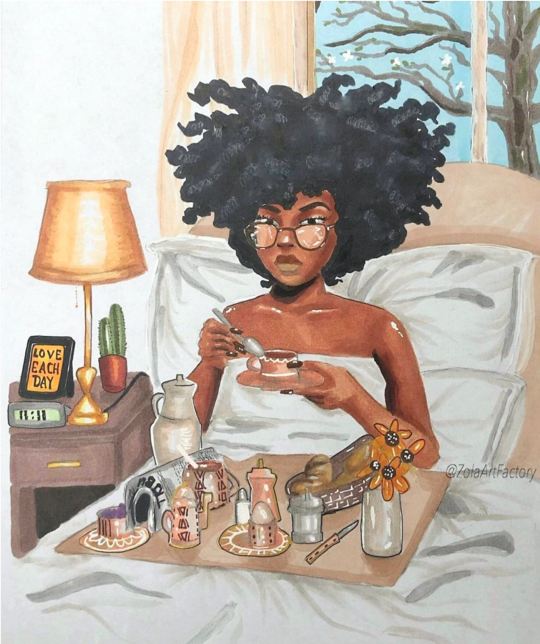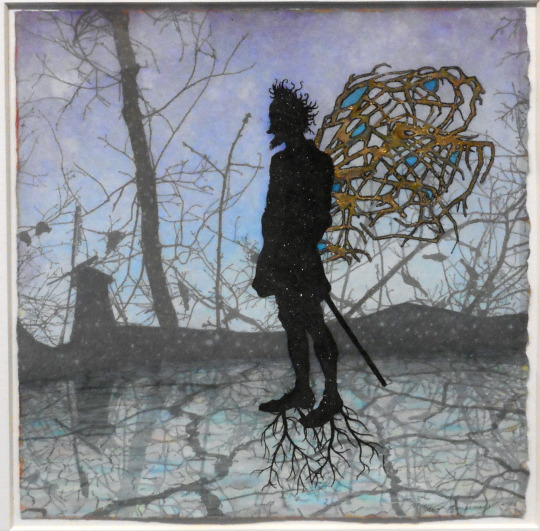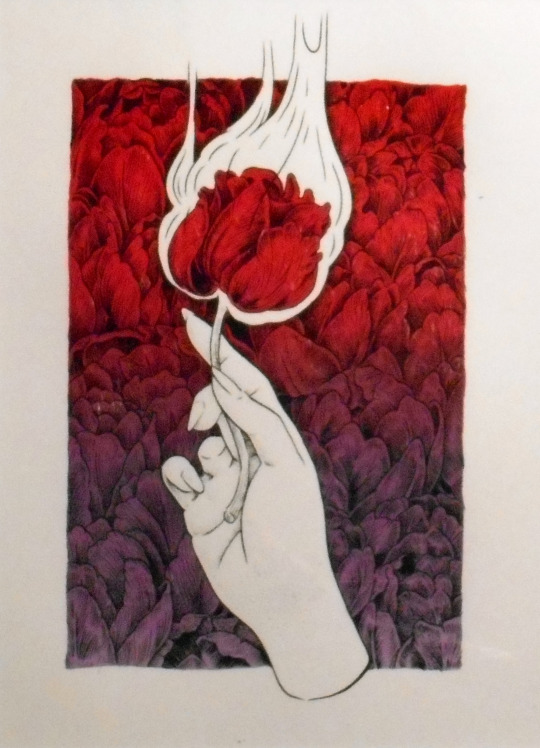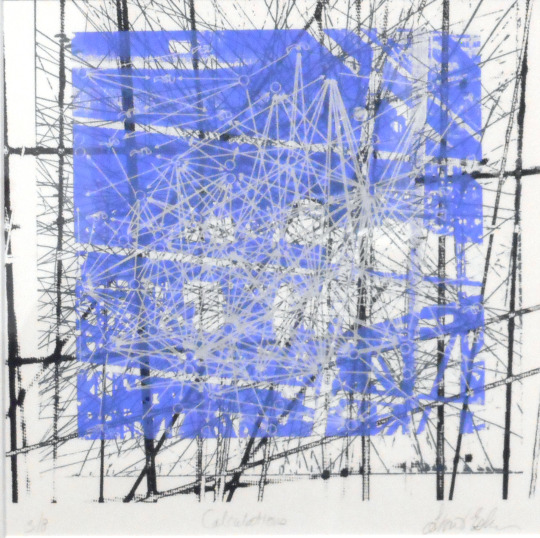#brittany anne baum
Text

"Ode to Nina" by Brittany Anne Baum
#brittany anne#nina simone#illustration#black women#woc beauty#black artist#brittany anne baum#zolaartfactory
2K notes
·
View notes
Text
Anne Boleyn and Religion
(This is taken from my art folio from a piece I did on Anne Boleyn)
Anne was raised in a traditionally Catholic household however, throughout her short life she advocated for reform within the Church. She got her hands on banned books and supported reformists. Anne’s beliefs alienated her, and in general, while the English people supported and stood by their king and his break from Rome, they were mostly in favour of their traditional ways of expressing their faith. Eustace Chapuys, a Catholic Spanish ambassador, remarked that Anne Boleyn was “more Lutheran than Luther himself.” Historians argue however, that she was not a Lutheran and that she still held Catholic beliefs such as participating in the Eucharist and veneration of the Virgin Mary. When her Protestant daughter, Elizabeth I became queen, Anne was revered for her Protestant views and was said to have “banished the beast of Rome with all his beggarly baggage.” (John Aylmer, 1559).
One of Anne’s closest friends was her brother George. They spent a large amount of time together debating Martin Luther’s theologies. George was a devoted reformer, and overall the Boleyn children, Anne, Mary, and George, were encouraged by their father, Thomas Boleyn, to question the Catholic Church and what it stood for. In their contemporary time, questing the Catholic doctrine was a very dangerous ordeal to undertake, especially as a noble family, because the king had to be supportive and supported by the pope of the time.
George travelled to the continent regularly and sought after banned Protestant works which he brought back to England, where Anne read them. After Anne and George were executed, evangelical works were found among both of their possessions. Among these works was a translation, by George himself, of a Lutheran text, which shows the dedication both George and Anne had to the Lutheran way of thinking. Similarly, transcribed manuscripts dedicated to Anne from her “moost lovng and frynddely brother” prove Anne’s interest as George would not have spent so much time painstakingly copying and translating the manuscripts and commentary on them if she did not.
Anne’s exposure to different religious ideologies probably began when, in 1513, when Anne was around 12, Thomas sent her to continental Europe to be a maid of honour (not wedding related) at the court of the Archduchess Margaret of Austria. She stayed on the continent for around 9 years as a teenager. It is across the courts she stayed at and the people she met that her worldwide would’ve been shaped.
Margaret of Austria’s court was a sophisticated Renaissance court, and it was here that Anne would learn French, music, dance, and all the important parts of culture and courtly love. It is also likely that Anne’s love of illuminated manuscripts developed here as Margaret had an expansive collection.
In 1514, Thomas Boleyn wrote to Margaret and asked her to release Anne to let her go to France as a member of Mary Tudor’s (Henry VIII’s sister) entourage for her marriage to Louis XII of France. Anne is not listed as being a part of the journey from England to France but it is likely she was present in Paris on the 5th of November 1514 for Mary’s coronation.
It is, however, known that in 1515 Anne joined the household of Queen Claude, daughter of Louis XII and his second wife, Anne of Brittany, and wife of the now King of France, Francis I. She was here for approximately 7 years. Queen Claude’s court was not as public as her much scrutinised husband’s and was known to be sophisticated, chaste, and culturally adept. She had strict morals and Anne would have been expected to remain virtuous. It is here that Anne would have been exposed to a much wider variety of culture and religion.
It is possible that Anne may have met the greatest minds of the Renaissance era like Leonardo da Vinci and accompanied Claude and Louise of Savoy on a pilgrimage to Saint Maximim la Sainte Baume, the supposed location of the tomb of Mary Magdalene.
Queen Claude’s younger sister Renée of France is known to have had lots of respect for Anne from the affectionate way she spoke of her to Nicholas Throckmorton in the 1560s. Renée was in regular correspondence with Protestants and was known to have taken Communion in a Protestant manner, and was eventually arrested as a heretic. She married the Duke of Ferrara and when the duchy introduced a special court of Inquisition, many Protestants were executed, however, Renée evaded serious punishment when she recanted and received Communion in a Catholic manner at mass. When Renée’s husband died in late 1559 she returned to France, and following King Francis II’s death, she established Protestant devotion and refuge at her estate, Morntargis.
Another influential member of Anne’s world was Marguerite of Angoulême, who was Queen Consort of Navarre and sister-in-law to Claude of France as the sister of Francis I. She is a famous Renaissance figure and is well-known as a patron to the arts and for her strong religious views including her famous religious poem “The Mirror of the Sinful Soul,” which Anne’s daughter Elizabeth translated as a gift for Catherine Parr. The poem combines evangelical protestant ideas with Marguerite’s own idea of her relationship with God as familial, God as her brother, father, or lover. Anne wrote to Marguerite in 1535 that her “greatest wish, next to having a son, was to see you again.”
Historian Eric Ives suggests that perhaps it was Anne Boleyn herself commissioned Hans Holbein’s renowned painting “The Ambassadors.” Historical evidence to support this is the fact that Anne was a patron of Holbein and had previously commissioned “Mount Parnassus.” “The Ambassadors” must have been painted at the same time that Anne was preparing for her coronation, and a pillar dial in the painting depicts the date 11th of April, the day when the royal court was told that Anne was queen. These facts point to Anne being the commissioner of this work.
“The Ambassadors” is rich in symbolism. It depicts Jean de Dinteville, a secular landowner, and George de Selve, a bishop. The seven liberal arts popular in Anne’s contemporary period, grammar, rhetoric, logic, arithmetic, geometry, music, and astronomy, are all depicted in the painting as well as religious symbols including, a lute with a broken strong and a case of flutes with an instrument missing, both symbols of discord. An arithmetic book open at a page about division very clearly symbolises division and again discord. A hymnbook open to show “Veni Creator Spiritus” (“Come Creator Spirit”) and the Ten Commandments shown in a vernacular Lutheran version and a crucifix. If Anne actually commissioned “The Ambassadors,” it further solidifies her interest in Lutheran ideology.
Anne’s personal faith is a controversial topic amongst historians, some believe she was a passionate reformer and a Protestant martyr, while others believe she was simply a Catholic with interest in other doctrines as a means of learning rather than to implement into her own faith. During Elizabeth I’s reign there was a need to reimagine Anne Boleyn as the public perception of her was as a witch and slut, but she was the queen’s mother and an image as a Protestant reformer was much for favourable and in line with Elizabeth’s own religious and political needs. Anne was said to have believed that everyone should be able to read the Bible in a language they could understand, a key belief of Lutheranism. The Catholic Church at the time was rife with corruption so perhaps Anne’s interest in reformation was a reflection of her distaste for this corruption and a desire to have a church in line with the teachings of Jesus himself.
Whatever Anne’s personal beliefs, it was her influence on Henry VIII that led to the break with Rome and the eventual establishment of a Protestant England.
#Anne Boleyn#England#English#English Reformation#Costume#Costuming#Historical Costuming#VCE Art#VCE#High school#Sewing#Hand sewing#Pattern making#Tower of London#period drama#1530s#maximalism#queen#europe#european#london#english nobility#misogyny#partiarchy
21 notes
·
View notes
Photo










a selection from the Atlanta Printmaker’s Studio members exhibit: Pressing Matters X
Philip Carpenter - Grommet Plier - relief
Natalie Schorr - Mona #13 - linocut, collage
Corrina Mensoff - Blueprint Series IV: On the surface of the waters of time - lithography on wood panel with steel components
Matthew Sugarman - Don Quixote on Cracked Ice - watercolor, Micron pen, acrylic screenprint, variegated gold leaf,steel dust flocking
Daryl White - Tryptych - etching
Brittany G. Baum - Springlight - serigraph
Christopher Hickey - Couples - linocut
Ron Nuse - Mystery Number Eleven - screen print
Sabre Esler - Calculations - silk screen
Anne Beidler - Solace - relief & photopolymer - etching collage print
---------------------------------------
Relief prints are inked on the upper surface of the printing plate: linocuts, woodcuts, and type are all types of relief printing.
Intaglio prints are inked in the etched or engraved hollows in the plate, and when run through the press the image is embossed into the paper with/without ink: etchings, aquatints, mezzotints, and engravings are all types of intaglio printing.
Serigraphy is printed with the ink forced through a screen onto the surface of the paper: silkscreen or screen prints are different names for serigraphs.
A blueprint is a reproduction of a drawing using a contact print process on light-sensitive sheets.
A collagraph print is one made from a plate collaged with different textures. The base plate of can be cardboard, the back of old etching plates, polymer medium, or baked polymer clay. The collaging of textures can be glued-on elements of paper or string, or burnt-in markings into the polymer medium/clay. The inking can be done as either intaglio or relief, or a combination of both.
To create a lithograph, the image is drawn, brushed, or stenciled directly onto flat stones, metal, or plastic plates. The plate is then treated chemically so the ink will adhere only to the areas of applied image, then the plate is inked so the image is transferred to a flat piece of paper.
Monoprinting is a form of printmaking that has lines or images that can only be made once, unlike most printmaking, which allows for multiple originals. There are many techniques of mono-printing.
3 notes
·
View notes
Text
“Anne was to stay with Claude for nearly seven years, a period for which we have no direct evidence. No doubt she visited her father when he became an ambassador to the French court, and tradition has it that she had some sort of base at Briare on the Loire above Orleans. This is by no means impossible, for the town was well placed in relation to the movements of the court of Queen Claude where Anne’s duties kept her much of the time. Although only of an age with Anne, Claude’s short life (she was to die in 1524) was a succession of almost annual pregnancies spent very largely in the Upper Loire at Amboise and at Blois...Waiting on the Queen of France could not have been markedly different from waiting on the regent of the Low Countries, and it is clear that Anne continued to soak in the sophisticated atmosphere around her...
“Some confirmation...at least of her developing musical taste in France, is found in the Royal College of Music manuscript mentioned earlier.
“...One area of painting where we can show a response on Anne’s part is book illumination. Claude of France was a noteworthy patroness of the miniature, a taste inherited from her mother, Anne of Brittany...
“Experience at the court of Queen Claude thus built on the brief time that Anne Boleyn had spent with Margaret of Austria, but there was one obvious difference: life with Claude was much less public...Political power, and all the concomitants of decision-making, rivalry, and faction, travelled with the king who, although not an affectionate or absentee husband, certainly did not believe in companion marriage. One possibility is that Anne accompanied Claude and Louise of Savoy on their ceremonial journey in October 1515 to welcome back Francis I after his victory at Marignano. This took them to Lyons with a pilgrimate detour to the supposed tomb of Mary Magdalene at Saint-Maximinla-Sainte-Baume, and then to Marseilles, where the king and queen each made a ceremonial entry to the city. Another event which Anne probably took part in was the queen’s personal triumph in May 1516 when she was crowned at St. Denis and then made her state entry into Paris, a magnificent affair which the English government saw fit to ignore. It seems likely too that Anne was in attendance when Claude made her solemn entry into Cognac in 1520.
1 note
·
View note
Text

“𝙒𝙚’𝙫𝙚 𝘽𝙚𝙚𝙣 𝘽𝙖𝙘𝙠 𝙈𝙖𝙣𝙮 𝙏𝙞𝙢𝙚𝙨” by Brittany Anne Baum
263 notes
·
View notes